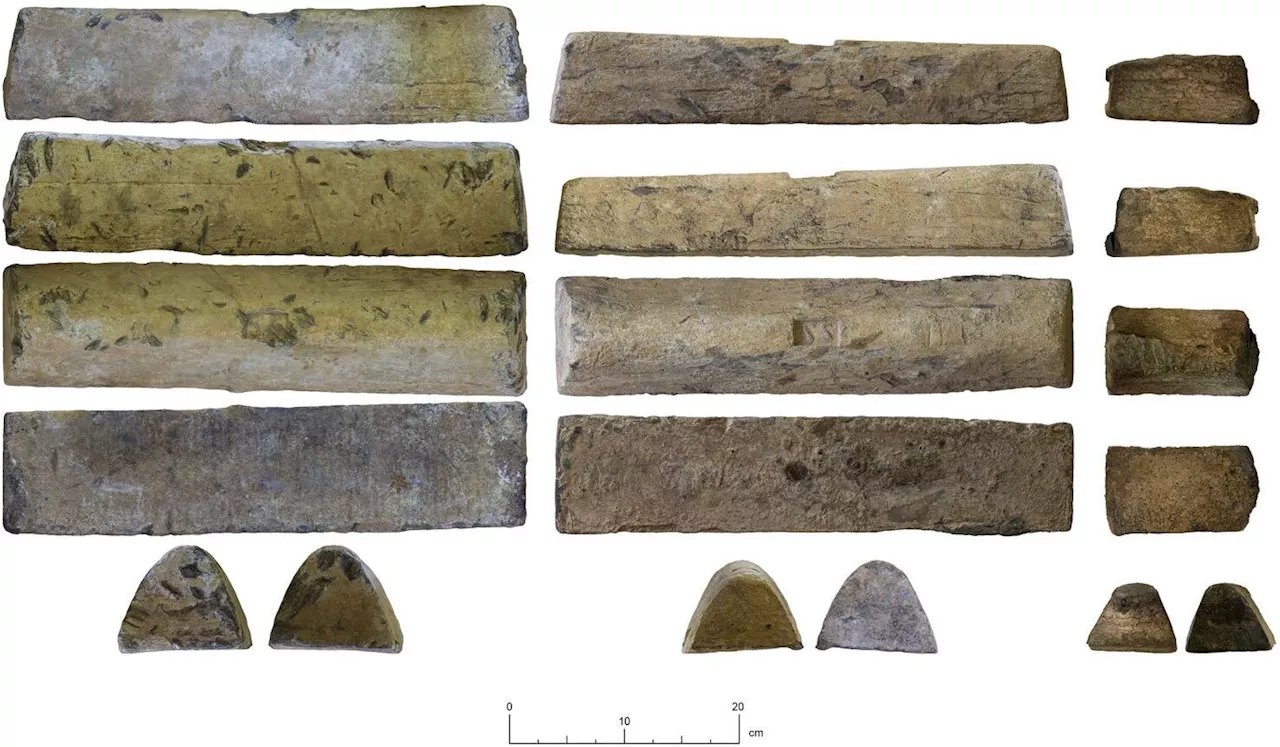The swirl of milk and espresso -- a small storm in your mug -- doesn't impact the dynamics of the milk proteins, according to research. Researchers took a molecular view of how milk proteins and caffeine molecules interact in water and in a coffee drink.
The swirl of milk and espresso -- a small storm in your mug -- doesn't impact the dynamics of the milk proteins, according to research. Researchers took a molecular view of how milk proteins and caffeine molecules interact in water and in a coffee drink. The results suggest that the structures of milk proteins remain intact, meaning they retain their original mouthfeel and taste in your morning brew.
Pouring milk into coffee causes the proteins to interact with compounds extracted from the roasted, ground coffee beans, and that could change the proteins' mouthfeel and the way they are digested. Milk proteins could also potentially affect the absorption, or bioavailability, of caffeine by the human body.
In a remarkable discovery, whole milk powder manufactured in New Zealand in 1907 and transported to Antarctica with explorers seeking the South Pole was unveiled after more than a century. The find ...
Sheep Pigs Molecular Biology Cell Biology Endangered Plants Food Biology Biotechnology Genetics
United States Latest News, United States Headlines
Similar News:You can also read news stories similar to this one that we have collected from other news sources.
 Researchers discover new function of oncoproteinsResearchers at the University of Würzburg have discovered a new function of the oncoprotein MYCN: It not only helps cancer cells to grow stronger, but also makes them more resistant to drugs. The study is published in Molecular Cell.
Researchers discover new function of oncoproteinsResearchers at the University of Würzburg have discovered a new function of the oncoprotein MYCN: It not only helps cancer cells to grow stronger, but also makes them more resistant to drugs. The study is published in Molecular Cell.
Read more »
 Researchers discover three ingots made of Roman lead in Northern CórdobaThree ingots from the site of Los Escoriales de Doña Rama (Belmez) and dating from the Roman era demonstrate the importance of lead production and exportation in northern Córdoba. Measuring some 45 centimeters long and weighing between 24 and 32 kilos, the ingots are triangular in shape, resembling a Toblerone bar.
Researchers discover three ingots made of Roman lead in Northern CórdobaThree ingots from the site of Los Escoriales de Doña Rama (Belmez) and dating from the Roman era demonstrate the importance of lead production and exportation in northern Córdoba. Measuring some 45 centimeters long and weighing between 24 and 32 kilos, the ingots are triangular in shape, resembling a Toblerone bar.
Read more »
 Researchers 'unzip' 2D materials with lasersResearchers used commercially available tabletop lasers to create tiny, atomically sharp nanostructures in samples of a layered 2D material called hexagonal Boron Nitride (hBN). The new nanopatterning technique is a simple way to modify materials with light--and it doesn't involve an expensive and resource-intensive clean room.
Researchers 'unzip' 2D materials with lasersResearchers used commercially available tabletop lasers to create tiny, atomically sharp nanostructures in samples of a layered 2D material called hexagonal Boron Nitride (hBN). The new nanopatterning technique is a simple way to modify materials with light--and it doesn't involve an expensive and resource-intensive clean room.
Read more »
 Researchers can now accurately measure the emergence and damping of a plasmonic fieldAn international research team led by Universität Hamburg, DESY, and Stanford University has developed a new approach to characterize the electric field of arbitrary plasmonic samples, like, for example, gold nanoparticles.
Researchers can now accurately measure the emergence and damping of a plasmonic fieldAn international research team led by Universität Hamburg, DESY, and Stanford University has developed a new approach to characterize the electric field of arbitrary plasmonic samples, like, for example, gold nanoparticles.
Read more »
 Researchers use reflectors underneath solar panels to boost solar powerThe University of Ottawa in collaboration with National Renewable Energy Laboratory developed an add-on to solar panels that increases their energy output by 4.5%.
Researchers use reflectors underneath solar panels to boost solar powerThe University of Ottawa in collaboration with National Renewable Energy Laboratory developed an add-on to solar panels that increases their energy output by 4.5%.
Read more »
 Researchers map out anatomy of wooden breast syndrome in broiler chickensEach year, Delaware farms raise more than 240 million broiler chickens, the top agricultural commodity in the state with a $3.5 billion impact on the state's economy.
Researchers map out anatomy of wooden breast syndrome in broiler chickensEach year, Delaware farms raise more than 240 million broiler chickens, the top agricultural commodity in the state with a $3.5 billion impact on the state's economy.
Read more »
